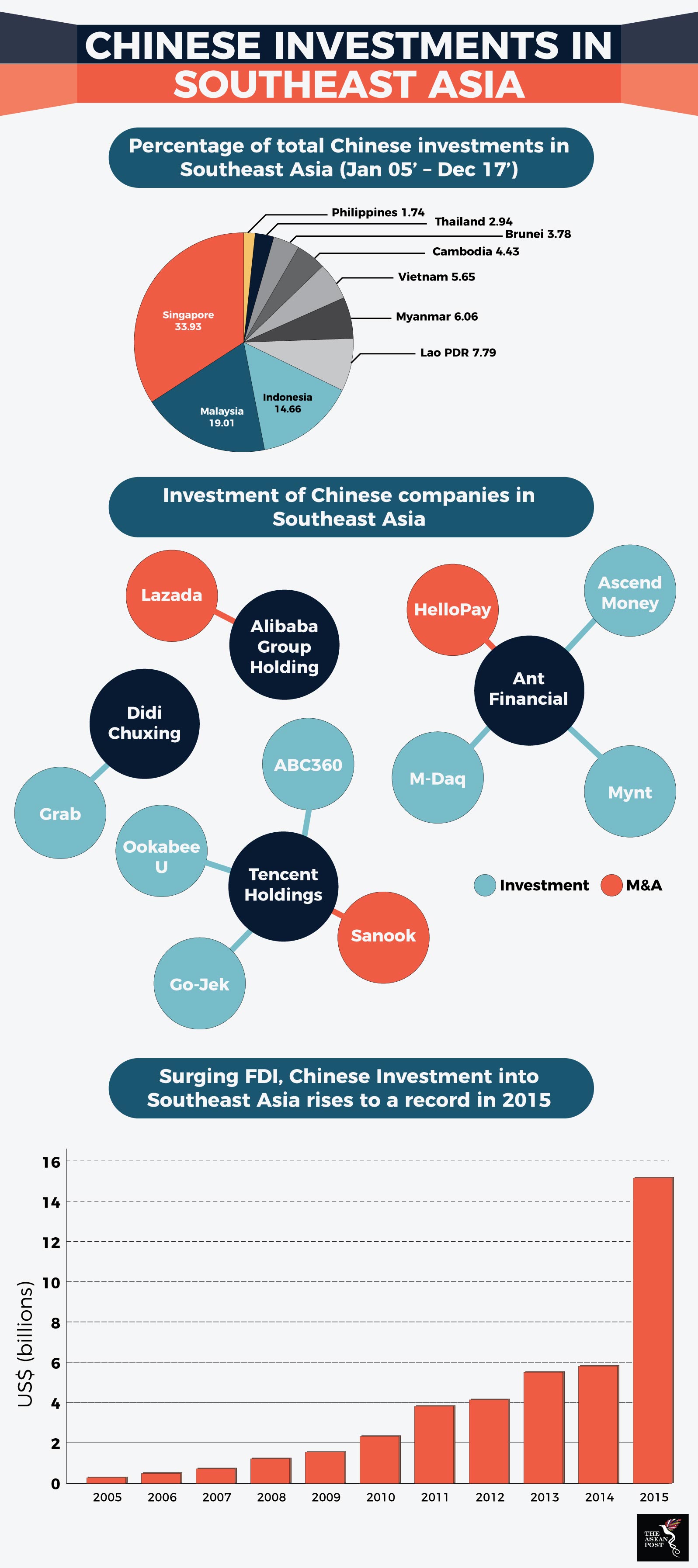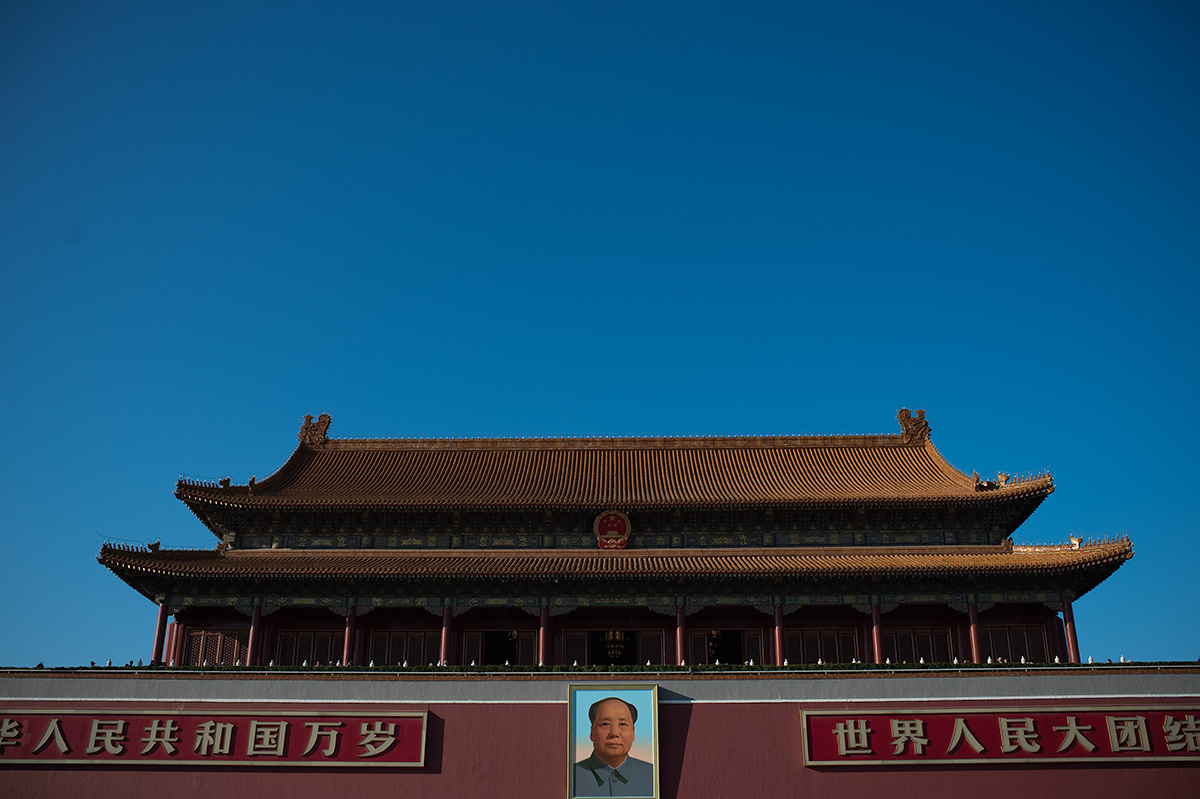China’s foreign policy exerts a certain weight in the international community, and many have, in fact, likened the country to a superpower within the Asia region. However, like superpowers of the past and present, it cannot rely on just military and economic strength alone, but must also possess considerable “soft power”, manifested in what is referred to as Beijing’s “charm offensive”.
According to renowned Harvard University political scientist, Dr Joseph Nye who pioneered the “soft power” thesis in his 1990 book, Bound to Lead: The Changing Nature of American Power, this term is applied “when one country gets other countries to want what it wants” without the use of force and hard coercion.
In China’s bid for regional hegemony, the widely accepted, values and principles of the American-led liberal international order, which has been in existence since the end of World War 2, presents a monumental stumbling block. It would be near impossible and counter-productive for Beijing to completely overhaul that order.
Instead, the Chinese Politburo has pursued a long-term strategy of working within the rubrics of such an order. Beijing has had a free hand to invest in developing countries, as free trade remains one of the fundamental pillars of the liberal order. By doing so, it has also indirectly promoted its global outlook to these states.
Regional initiatives
China has recently taken to financing the burgeoning industries in the frontier economies of the Association of Southeast Asian Nations (ASEAN). Between 2011 and 2015, Chinese firms invested close to US$5 billion in the form of various investments and loans to Cambodia. Towards the end of 2016, China broke ground on a US$5.4 billion railroad project connecting Lao PDR to the Chinese border. It also spearheaded the Asian Infrastructure Investment Bank (AIIB) to fund infrastructure projects in developing nations.
Besides that, China has also pushed for the conclusion of a non-US regional trade treaty, the Regional Comprehensive Economic Partnership (RCEP), against the backdrop of United States (US) President Donald Trump’s rescindment of the Trans-Pacific Partnership Agreement (TPPA). All this effort forms part of a grander vision by Beijing to realise a Chinese-centred pan-Eurasian maritime and road trade linkage called the Belt Road Initiative (BRI).
A stark difference between the foreign aid doled out by China and that given by the US is that the former comes with fewer strings attached. US aid is often accompanied by requirements to adhere to proper human rights and press freedom records. Beijing sings a different tune, by offering aid that doesn’t include the imposition of any specific political conditions, with full respect for a country’s right towards self-determination.

The effect of China’s charm offensive can be observed throughout the Southeast Asian region. Cambodia has previously relented to Chinese requests to bar the Dalai Lama from speaking at a Buddhist conference in 2001, and in 2012, during its chairmanship of ASEAN, failed to issue a joint-communique after refusing to include references to Chinese aggression in the South China Sea.
Countries like Malaysia, the Philippines, Singapore and Lao PDR have been on the receiving ends of huge Chinese financial deals to fund domestic infrastructure projects. They have also been, at times, openly critical of the West while remaining very diplomatic about China’s increasingly aggressive advances on their maritime territorial claims in the South China Sea.
According to Sourabh Gupta, resident senior fellow at the Washington DC-based Institute of China-American Studies, “the South China Sea maritime contestation and claims is just one facet - and a relatively small facet - of [the US’] multi-dimensional relationships with China.” He opines further that “ASEAN states do hope though that they as well as China could set those claims aside and cooperate economically, as well as benefit from Chinese foreign direct investment.”
Moreover, Beijing, in a show of willingness to address the dispute, has agreed to come to the table and negotiate with ASEAN for an amicable solution during the 22nd meeting of the ASEAN-China Joint Working Group on the Implementation of the Declaration of the Conduct of Parties.
Chinese “soft expansionism” can also be viewed in terms of the wider reception of its culture and language. Vietnam announced last year that Mandarin would soon be made a compulsory language in its schools. In Thailand, Confucius centres, which are affiliated to the Chinese Ministry of Education, teach the Mandarin language in constant reference to future railway plans which are a wider part of the BRI. In countries like Malaysia and Singapore, which have existing Chinese diasporas, there has been considerable public support towards government initiatives to teach Mandarin in public schools.
Beijing’s ambitions have not gone unnoticed, with many asking if these developments signal the end of American regional hegemony, paving the way for the “rise of China”. While the jury is still out (and might be, for a long time), Chinese “soft power” will likely permeate the region for quite some time, with Beijing adamant that it remains as such into the foreseeable future.
